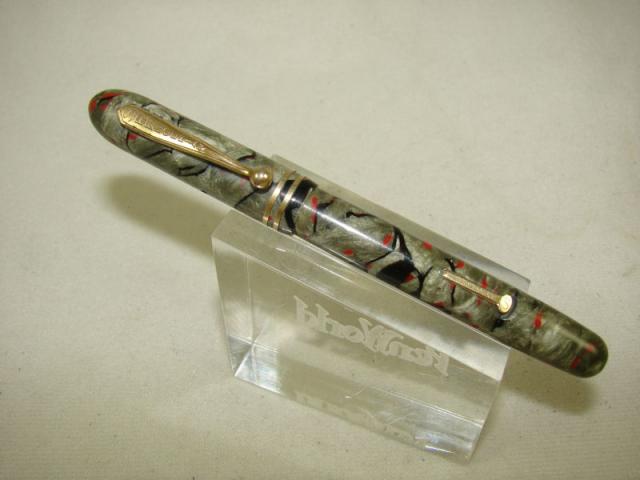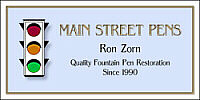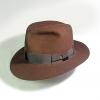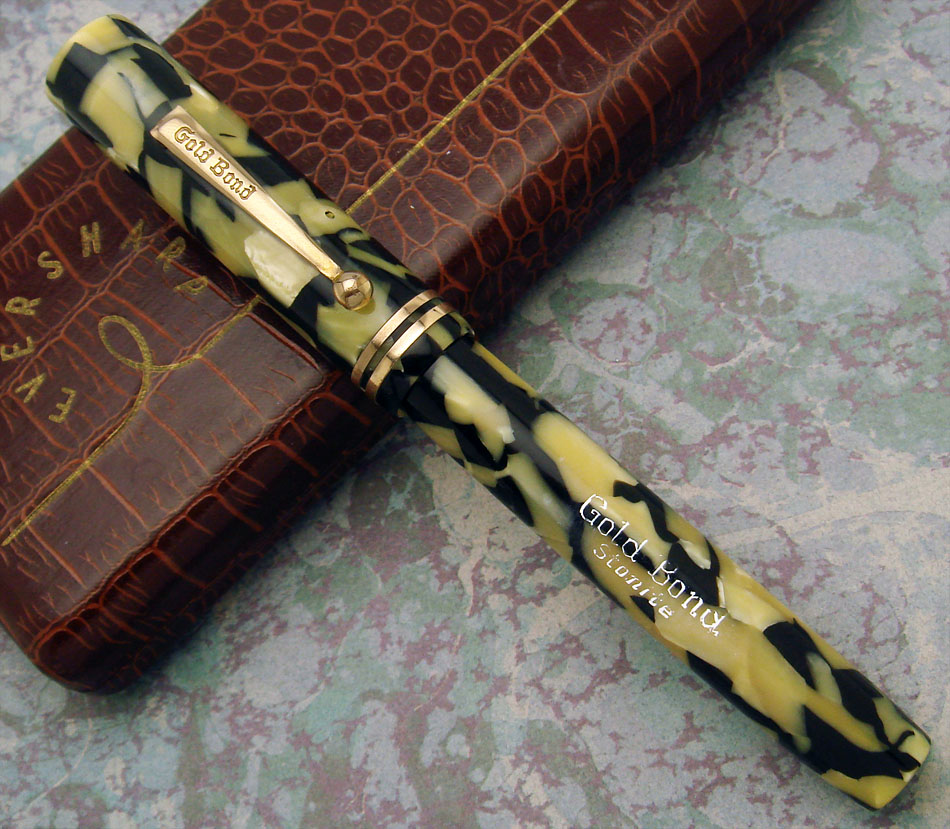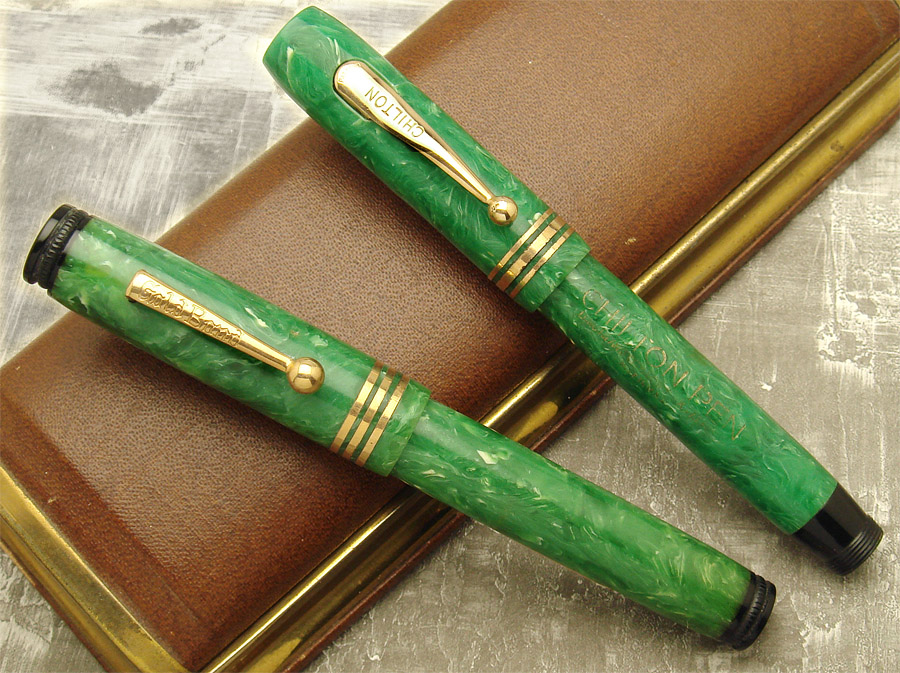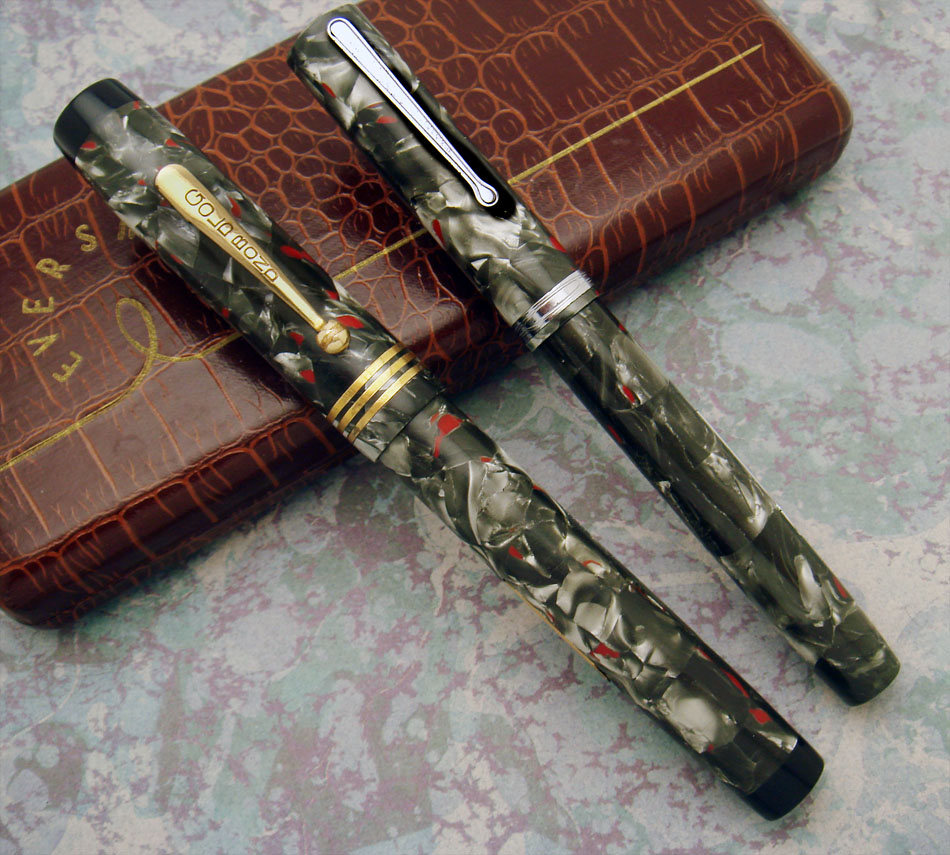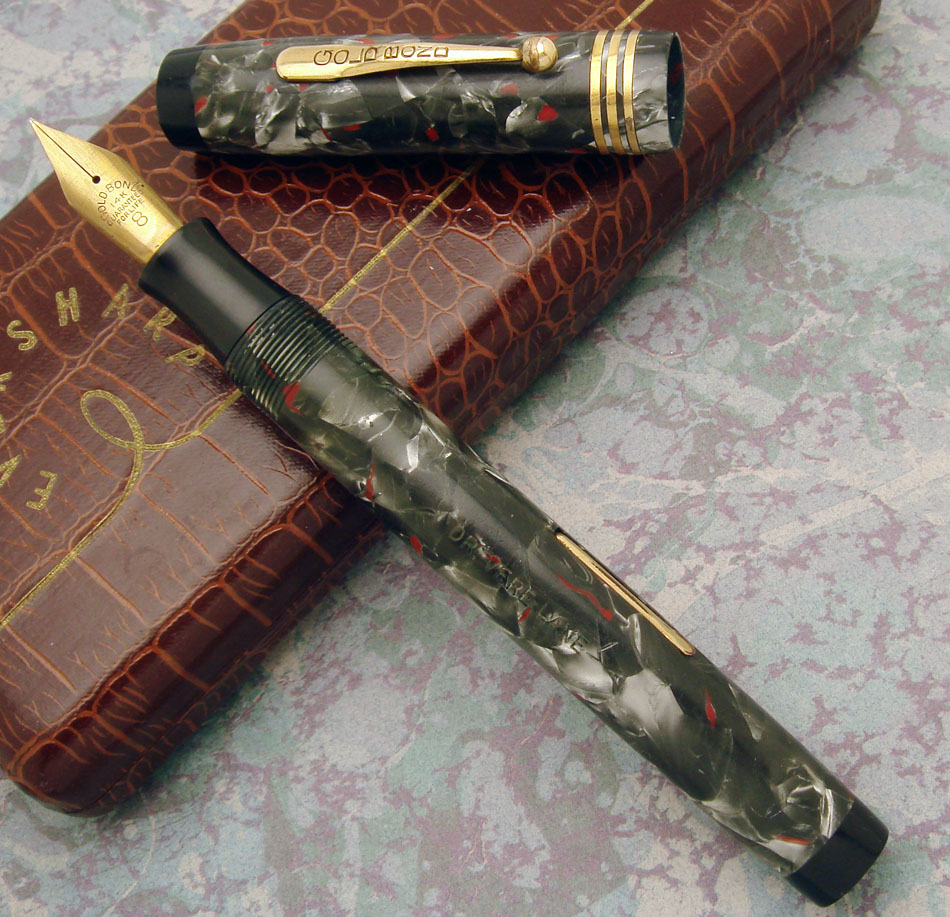Richard further expands on the theme... quite nicely in fact... though as is often the case, I agree mostly but not totally with his spin. Certainly , at least we see some shades of gray. Certainly he offers material on which to gnaw.
Do we want to render synonymous "Tier" with "Quality" or with with "Import back in the day"? "Tier" no doubt embraces multiple factors but of those two choices, I lean toward linking it to "quality".
The Big 5 (an early term from collectable pendom, going back to Lawrence) or the Big 4 (made popular by the Blue Book) certainly were dominant companies in American pendom. But, at the level of the pen makers, must Tier = Market SHare?. I consider the much smaller Leboeuf and Chilton companies to be First Tier brands in every sense of the word (or in "most" senses if one opts to include market share in the definition of manufacturer tierage). The pens are rock solid. In fact--though recognizing my non guruhood in Chilton and Leboeuf--- I'd assert that the average Chilton and Leboeuf from the late 1920's and 1930's are better quality pens than the average pen from Parker, given that Parker churned out oodles of lower tier pens, not just Vacs and Duofolds. I don't see much (though maybe they were lost to time) "Parkette" quality crappy pens by Leboeuf and Chilton, yet many low-tier Parkers can be found. Indeed, in terms of cachet today, Chilton and Leboeuf pens often outprices similar size pens by Parker, Sheaffer, Wahl and Waterman. WIth very high quality and with a relative dearth of low line variants aimed at conquering the cheap markets, I admit I find it hard to call those two "2nd tier manufacturers" simply because they lacked market share back in the day. A shade of gray perhaps, but for me, "Clout does not count"
Even "Tierage = Quality", which if we are to simplify (or risk going simplistic) perhaps works for me better than other linkages, leaves us with questions. I will address RIchard's great example,'
David's point of tierage within companies hits the nail right on the head. Parkette was, in terns of quality, a third-tier pen, made by a first-tier maker. But what about the Challenger, which was of better quality than the Parkette but not as good as the Vac? We really don't have a solid definition for a second-tier pen as opposed to a second-tier company.
There is no doubt that 3rd tier Parker Parkette was a low quality pen (fragile trim, later pens with plated non gold-alloy nib, sometime with ink-sorbent wood inner caps, though generally with good well cured celluloid, unlike some of the 3rd tier manufacturers' products), but indeed, what of Challenger, at least the high line variants (Royal and Deluxe Challenger) of what we consider a 2nd tier Parker? Parker treated Challenger as 2nd tier (not using that expression of course). It was in the back of the catalogue, saw less advertising, was described in the 1936 Parkergram as part of the lower-echelon (hmmmm. "echelon" maybe we can use that more often) of pendom, having an old fashioned non-vacumatic filler and priced below the entry point to Vacumatic.
But, was Deluxe Challenger at $2.75 or so, a 2nd tier pen? The celluloid is as good as Vacumatic Junior's. The nib is about the size of Vacumatic Junior. While we lack documentation for the gold-filled trim content, it seems to hold up as well as Vacumatic's trim. Deluxe/Royal Challenger received 2nd tier treatment regarding cachet by Parker itself, but arguably those two are first quality pens. But, I'm not sure I'd called Deluxe Challenger a First Tier pen even so. It was not offered oversized (as were Parker's first tier pens). It was priced relatively cheaply (Save for Royal, which broke the rule in 1937 matching price of Vac Junior). So even I might be willing to say that Tier is not synonymous to quality alone. While I consider Leboeuf first tier independent of its Market Share or Clout, I can see that within a single pen company, when comparing tiers, quality is not the whole story. Of course this muddles the comparison amongst companies, but so it goes...
If I'm going to pick nits (who, me?), I'll offer now what I'd planned to present in couple days when I thought I'd have time, the example of National Pen Company products (so many of which were made specifically for other store chains such as Sears and Montgomery Ward, that the term "rebadged" almost is rendered moot. What means rebadged when nearly nothing actually is "badged" ?

). Richard has forced my hand.
I do not consider National to be a third tier maker. Most of their pens (at least those we know) had 2nd to 1st level (tier?) quality. Yes, i know I'm biased toward using Quality to define Tier and yes I know I admit that Quality isn't the whole story, but I will make my case for National being at worst a 2nd tier maker that had many 1st tier pens, perhaps even being a first tier company that simply had a different business model, allowing it to fall under collectors' cachet meter and general radar.
National (maker of some Gold Bond, Gold Medal, Diamond Medal, Lakeside, Lincoln, etc, pens) did not heavily trumpet its own brand. It thus is hard to do one-to-one comparisons as we do for Parker vs Arnold or Parker vs Leboeuf, with National. Makes it hard to pigeonhole National. Indeed, to degree we assess market clout, National had so many labels, at least some sold by huge store chains, that it is possible (though not proven) that National had market share of a kind with some of the Big 5. Hmmm... not sure I've ever heard that claimed before. We perhaps play on new ground (now I need to review some of Dennis Bowden's PENnant articles).
I will note that the best of National are of a quality with Parker Duofold, Wahl Gold Seal, Sheaffer Balance. Large pens were offered, with large size-appropriate gold nibs, with high quality trim and well made celluloid. Later I'll post some National-made pens to provide food for thought on this subject. That said, I'm not a restorer (though I've dissected many pens and watched hundreds to thousands restored in person), so if Richard-- who is a top tier (eep!) restorer-- can offer reasons a top quality Gold Bond or Gold Medal by National is of lower quality than a Wahl Decoband or Sheaffer Balance, I'll try to listen to reason.
In any case, to lump National, which made some spectacular pens and whose low line pens were not worse than middle line pens by the Big Boys, in with crap like Arnold and Packard as "third tier" possibly is criminal. I'm sending the Pen Secret Police up to Nashua to pull Richard in for questioning. We can split hairs about First Tier vs Second Tier for National, based on how much we rank Quality vs Clout vs Today's Collector Awareness. If nothing else, this does illustrate some of the challenges with designating tiers.
To address the clout thing, which is important (I agree with Richard on that), companies can be clustered into "Big 5", "Little 10", "Microsocopic Zillions" to reflect perhaps Market Share (clout) or for better or for worse, current collector awareness. For example, Wirt was huge in its day, but on average how aware are today's collectors of that manufacturer.
This points to why I so liked Will's question. Not only is part of developing one's Knowledge knowing Tiers, but the very exploration of the sometimes vague notion of Tierage lets us play with our assumptions and with our core taxonomy for old pens.
regards
David





